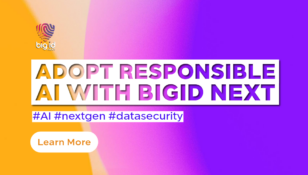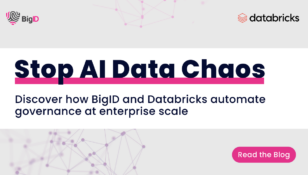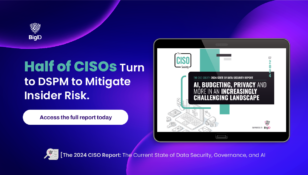Data Curation Role in Data Management
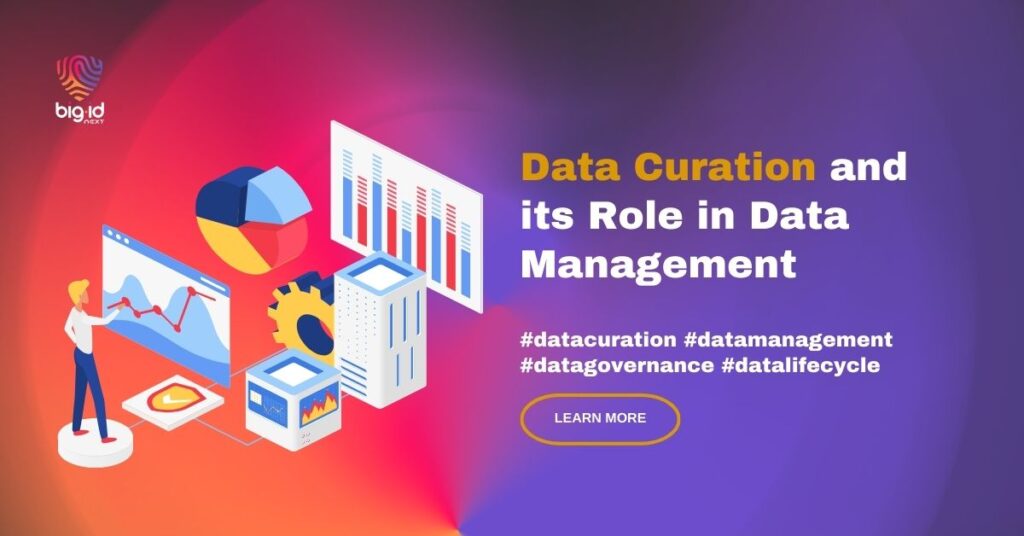
Data continues to be important for modern organizations. It must be stored securely and managed properly, all the while ensuring that it is easy to access and use.
As such, data curation is an essential part of a successful data management strategy. It ensures that your business can harness the full potential of its data while mitigating privacy and security risks.
Most importantly, it can help your data teams, including data analysts and engineers, use your collected information to derive meaningful insights that drive strategic decisions.
Data Curation Meaning
Data curation is the process of organizing and maintaining data to make it relevant and accessible. A data curator would aggregate, structure, index, and catalog information to make it easier to find. It’s an important process of managing the data of a business, as it makes it more easily available to users.
Data curation is not the same as data collection. The latter is when you gather information and put it into databases, data warehouses, or data lakes. However, without curation, this data isn’t really easy to use. Also, in a modern business, data sharing is important for getting the most value out of the collected information. Data curation structures your information so that everyone across your business can easily use it.
It’s like organizing books in a library. Instead of just creating shelves and shelves of random books, a librarian classifies them with metadata, like the author, genre, and subject, and organizes them to be easily searchable.
In the same way, data curation uses processes like data cleaning and validating, metadata management, structuring, annotating, and data storage to ensure that the data is arranged and sequenced in a way that it can be found easily.
The Importance of Data Curation in Data Management
Data curation is important for several reasons, including:
Improving Data Quality
Part of the curation process is ensuring data is accurate, complete, and consistent. Your business needs high-quality data to get reliable insights from meaningful analyses and make informed decisions. Cleaning and optimizing your data can help you make sure that it adds value to your processes.
Making Data Accessible
Data must be identified and selected to align with your specific objectives for it to be useful. By curating it, you can filter out information, giving users the most pertinent data for their purposes.
Identifying its Relevance
Data must be identified and selected to align with your specific objectives for it to be useful. By curating it, you can filter out irrelevant or outdated information, giving users the most pertinent data set for their purposes.
Enhancing Data Security
If your organization stores data (and let’s face it, every business does), you must protect it against unauthorized access, loss, or corruption. This means establishing robust security protocols, encryption techniques, and backup procedures to safeguard sensitive information. However, for that, you must know what data is sensitive and needs the most protection. Data curation allows you to discover and classify your data, which tells you what’s most sensitive and at risk, so you can tailor your cybersecurity measures to safeguard sensitive information accordingly.
Preserving Knowledge
Properly curated data has comprehensive records and documentation of data sources. It also contains insights and methodologies, all valuable pieces of knowledge that can be retained and shared over time.
Compliance and Regulatory Adherence
In many industries, there are legal and regulatory requirements regarding data management and privacy. Data curation ensures compliance with these regulations by identifying the information that is most sensitive so you can secure it accordingly. That helps you mitigate risks associated with non-compliance, such as fines, lawsuits, and reputational damage, ensuring that your data remains compliant.
Data Curation Challenges
Even though it’s an important part of data management, curation has its own set of challenges, particularly in data discovery. The main one comes from the fact that modern systems and applications generate a very high volume and diversity of data. From structured databases to unstructured text and multimedia content, organizations are inundated with big data from various sources. That makes it difficult for data curators to identify and classify sensitive information.
Data silos and disparate systems also add to the problem. They make it difficult for you to get a comprehensive view of its data landscape, especially when trying to share data effectively. When you don’t know where sensitive PII data resides, you can’t secure it, making it vulnerable to breaches and compliance violations.
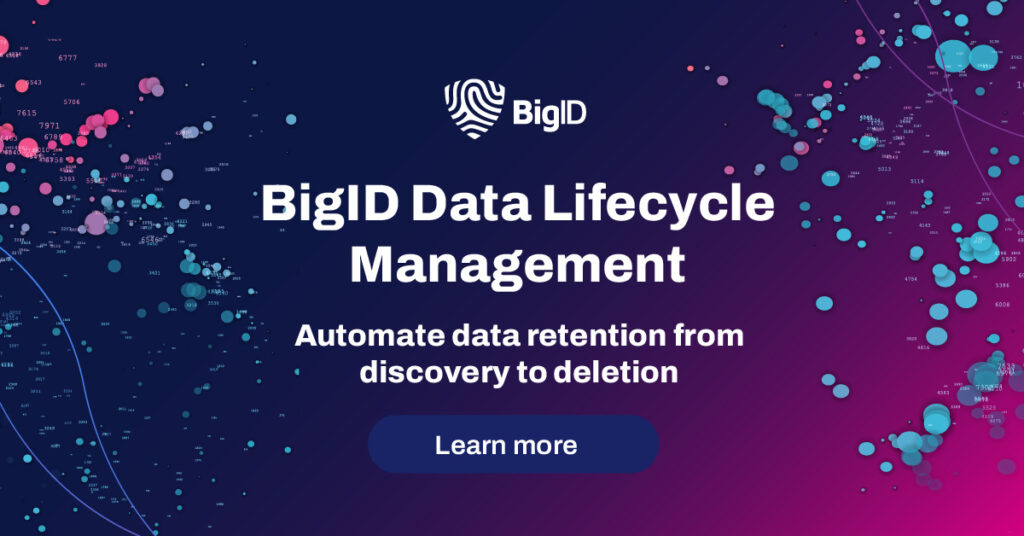
The Data Curation Process
Effective data curation helps your organization get the maximum value from your data, helping you systematically organize, manage, and enrich data with processes like:
- Data Collection and Aggregation: Gather data from various sources, including internal systems, external databases, and third-party sources, and use data integration techniques such as APIs, ETL (Extract, Transform, Load) processes, and data pipelines to put it all together.
- Data Profiling and Quality Assessment: Conduct comprehensive profiling to assess your data’s quality, consistency, and completeness to ensure data quality. Leverage automated tools and algorithms to proactively identify anomalies, errors, and inconsistencies to address data quality issues.
- Data Classification and Tagging: Categorize data assets based on sensitivity, relevance, and usage. Utilize metadata tags and attributes to annotate data with contextual information to make it easier for data scientists to retrieve and use.
- Data Governance and Compliance: Establish clear policies, processes, and controls to govern the use, access, and sharing of data. Ensure compliance with relevant regulations such as GDPR, CCPA, HIPAA, and PCI DSS by implementing strong data governance frameworks and adherence to industry best practices.
- Automation and Machine Learning: Use AI and machine learning to streamline data curation workflows and enhance efficiency in data repositories. Implement intelligent data management platforms that leverage AI-driven algorithms to automate repetitive tasks, identify patterns, and make data-driven recommendations.
- Collaboration and Knowledge Sharing: Foster a culture of data literacy and transparency, empowering data teams to contribute insights and feedback throughout the curation process.
Examples of Data Curation
A financial institution that processes vast amounts of customer data, including credit card numbers and financial transactions, could implement a comprehensive data curation strategy, including encryption, data classification, and RBAC, to safeguard sensitive PII data and comply with regulatory requirements such as PCI DSS.
Data curation in machine learning provides high-quality and relevant data in an organized way. Clean, structured, and annotated data improves model accuracy and reduces biases by maintaining data integrity.
Similarly, healthcare organizations that work with electronic health records (EHRs) can use data curation practices to protect patients’ sensitive medical information. By leveraging data discovery tools and encryption technologies, healthcare providers can ensure the confidentiality and integrity of patient data while adhering to HIPAA regulations.
The Role of Data Curators in Organizing Data System
The role of a data curator is quite important. They clean up the raw data, validate its sources, and create structured data catalogs. In short, they ensure that information is accurate, well-organized, and easy to retrieve when needed.
However, data curation doesn’t exist in isolation—it is a component of a larger data ecosystem. It works alongside data management, governance, and visualization tools, ensuring that data is stored properly. It also makes sure it’s governed, analyzed, and primed for decision-making and use by data engineers through effective curation activities.
Data Curation vs Data Governance
While data governance focuses on establishing policies, standards, and frameworks for data usage, data curation is more hands-on. It actively organizes, enriches, and maintains data throughout its lifecycle. Governance defines the rules and compliance requirements, whereas curation ensures that data is clean, structured, and ready for practical use. Together, they help your organization maximize your data assets’ value, reliability, and security.
Regulatory Implications and Compliance Considerations
Effective data curation involves enhancing data management capabilities and ensuring compliance with various regulatory frameworks governing data privacy and protection. Regulations such as GDPR, CCPA, HIPAA, and PCI DSS impose stringent requirements on organizations regarding the collection, storage, and processing of sensitive data. Organizations can avoid hefty fines and reputational damage resulting from non-compliance by adhering to these regulations and implementing robust data curation practices.
Leveraging BigID in Your Data Curation Strategy
Proper data curation starts with visibility and context— two things industry-leading DSPM platform BigID has mastered. Traditional data stewards waste a lot of time with manual tasks, instead BigID’s intuitive platform for data privacy, security, and governance leverages advanced AI and machine learning for comprehensive data discovery at scale— both in the cloud and on prem.
BigID can help in the following ways:
- Automate data discovery and tagging across all data, everywhere – at scale
- Transform data stewardship from manual documentation to validating ML findings
- Harness the power of data insights and relationships to lead data governance
- Add context to data understanding and improve data trust, improve classification accuracy, and eliminate false positives
- Manage data quality to provide trusted data for high-quality data models and decision making
To start reimaging your organization’s data curation approach— get a 1:1 demo with our experts today.



